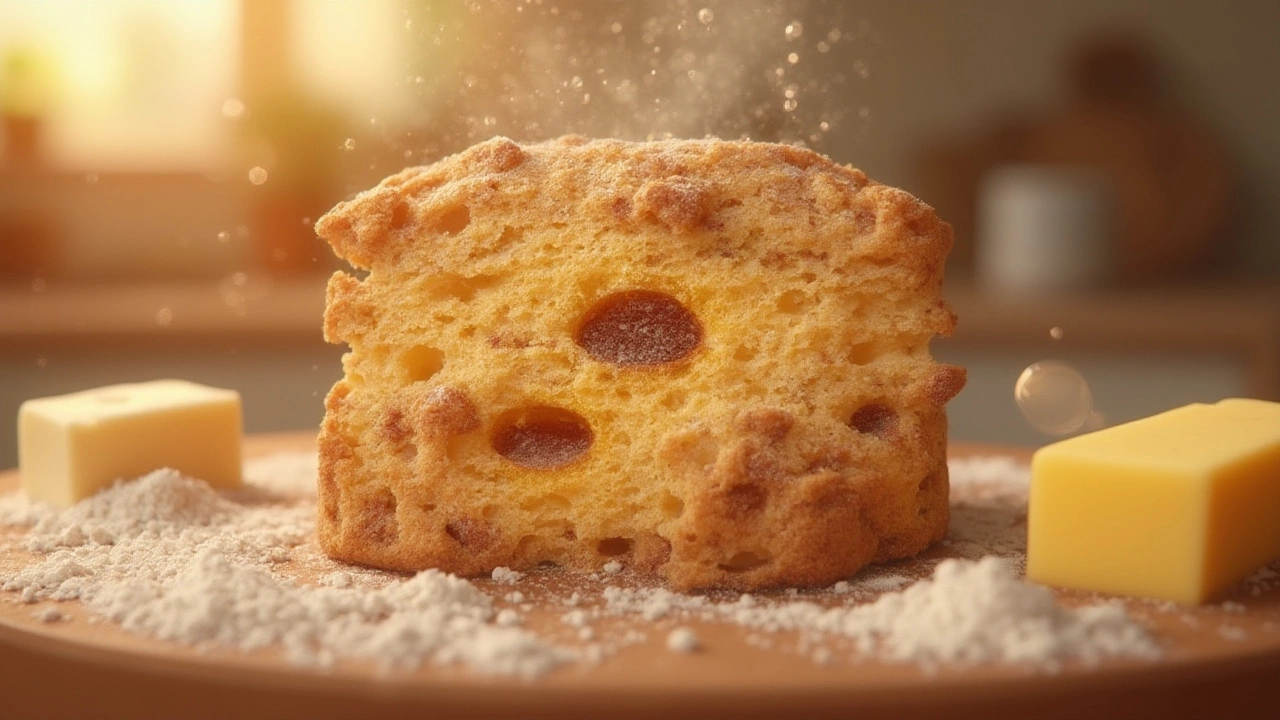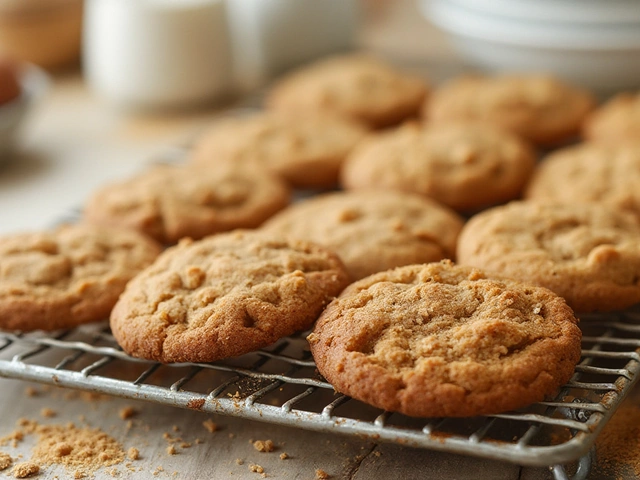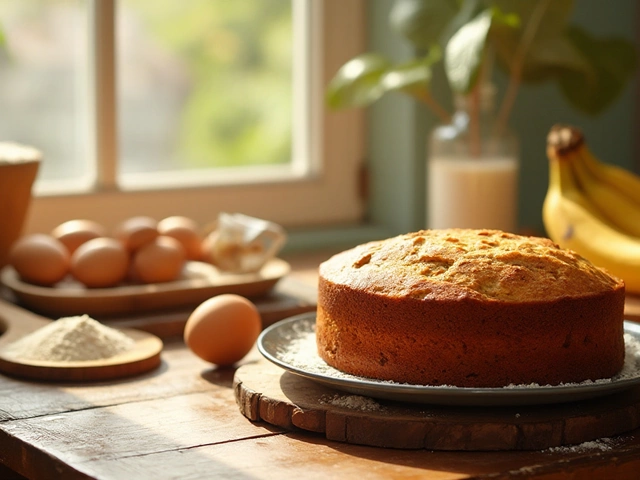Cookie Baking Science: Master Perfect Cookies Every Time
Ever wonder why some cookies spread flat while others stay thick and chewy? The answer isn’t magic – it’s chemistry. Understanding a few simple science facts lets you control texture, flavor, and appearance every time you bake.
Key Factors That Control Cookie Texture
First up, fat. Butter, margarine, or oil each melt at different rates. Butter gives flavor but spreads quickly; solid fats like shortening keep the dough firmer, so the cookie stays puffier. If you swap half the butter for shortening, you’ll notice a noticeable change in spread.
Next, sugar type. Granulated sugar encourages spread because it liquefies early. Brown sugar holds moisture, producing a softer, chewier bite. A mix of both gives a balanced result – a crisp edge with a tender center.
Don’t forget egg proportion. Eggs add structure and moisture. Adding an extra yolk can make a cookie richer and softer, while using just the white can dry it out and make it crisper.
Temperature matters too. Chill the dough for at least 30 minutes before baking. Cold dough spreads slower, giving you a thicker cookie. If you’re in a hurry, pop the dough in the freezer for 10 minutes to get a similar effect.
Three Simple Guidelines to Nail Every Batch
1. Measure accurately. Too much flour = dense; too little = flat. Spoon flour into your measuring cup and level it off, don’t scoop directly.
2. Don’t overmix. Once the dry ingredients meet the wet, mix until just combined. Overmixing develops gluten, which makes cookies tough.
3. Watch the oven. Every oven runs a bit different, so set a timer for the lower limit and start checking early. A cookie is done when the edges turn golden and the center looks set but still soft. It will continue to firm up as it cools on the sheet.
Our post “Expert Guidelines for Perfect Cookie Baking Every Time” breaks these steps down even further, with real‑world examples you can try tonight. Try swapping half the butter for shortening in that recipe and see how the spread changes.
Another tip from the science side: add a pinch of baking soda for spread and a pinch of baking powder for lift. The soda raises the pH, weakening gluten and encouraging spread. The powder adds extra rise, creating a fluffier texture.
Lastly, think about size and spacing. Larger dough balls need more room on the sheet; otherwise they merge into one giant cookie. Use a cookie scoop to keep sizes consistent, and leave at least two inches between each scoop.
With these basics, you can experiment confidently. Want a chewy oatmeal cookie? Increase brown sugar, use a bit more butter, and chill the dough. Craving a crisp sugar snap? Cut back on brown sugar, add a bit more flour, and bake a minute longer.
Remember, baking is part art, part science. The more you understand the how and why, the easier it becomes to tweak recipes to fit your taste. So next time you preheat the oven, think of yourself as a cookie chemist – and enjoy the delicious results.

Why Cookies Rise: The Science Behind Puffy, Chewy Goodness
Explore what makes cookies rise, from leavening agents to oven tricks. Learn how ingredients and science work together for irresistible, puffy treats.
View More




